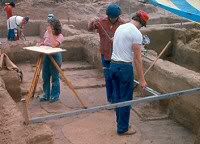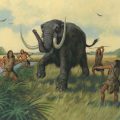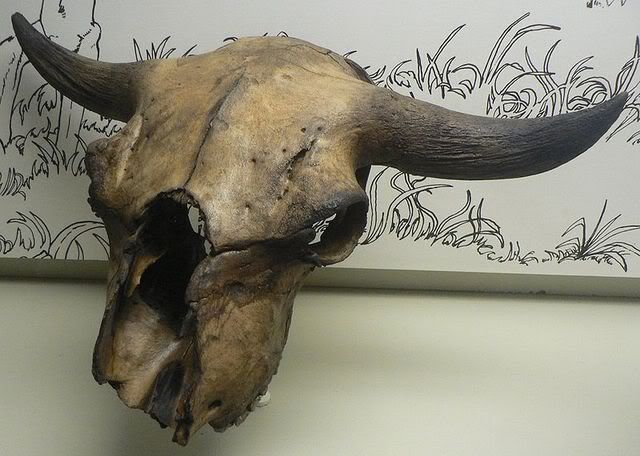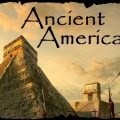There were a number of ancient American Indian cultures which constructed large earthen mounds in what is now the eastern portion of the United States. Archaeologists have often labeled these as Adena (which originated in the middle Ohio River valley about 500 BCE), Hopewell (which originated in the central Scioto region of Ohio about 200 BCE), and Mississippian (which had developed by 1000 CE along the Mississippi River). None of these three mound building traditions was restricted to a single site, but seemed to influence diverse Indian cultures in a fairly wide geographic region. It was out of the Hopewell tradition that the McKeithen site in Florida seemed to emerge nearly 2000 years ago.
The McKeithen site in northwest Florida was a village situated next to a stream. The village, which occupied about forty-seven acres, was shaped like a horseshoe and contained three earthen mounds. The village probably had a population of a little more than 100 and subsistence was based on hunting and gathering.
With regard to understanding the subsistence patterns at the McKeithen site, the acid soil at the site means that very little evidence of ancient plant remains was recovered by archaeologists, so there is little detail concerning plant foods. The animal species identified at the site include oyster, mussel, freshwater fish, alligator, turtle, bird, squirrel, and a relatively large amount of deer. All of this suggests a hunting and gathering economy rather than an agricultural economy.
The archaeological evidence shows that Indian people were occupying the site and using a type of pottery known as Weeden Island ceramics by 200 CE. At this time, the Weeden Island ceramics were being used in southern Alabama and southwestern Georgia as well as by Indian people living in Florida.
About 350 CE, the Indian people at the McKeithen site began construction of two earthen mounds. The two mounds-named A and B by archaeologists-were laid out in such a manner to allow the rising sun at the summer solstice to be observed and calculated from Mound B.
The two mounds are rectangular and fairly low-1 meter and a half meter in height. A rectangular residence or temple was built on top of Mound B. Archaeologists feel that this was probably used by a priest who conducted ceremonies for the dead at the site. This priest was later buried inside the building, the building was burned, and the ashes scattered.
A pine post screen was erected across Mound A. Bodies were temporarily buried here and the graves were marked with posts about two feet in diameter. After some decomposition had set in, the bodies were exhumed. In the area behind the screen, the exhumed human bones were cleaned, treated with red ochre, and prepared for storage in the charnel house. The bones-primarily the skull and limb bones-were bundled for storage.
A third mound, which was circular and less than a meter in height, had a charnel house for the storage of cleaned human remains. The bundles that contained the bones were stored in the charnel house for a time and were later buried in the periphery of the mound.
Each stage of the preparation of the bodies probably involved some ceremonies. Archaeologists have uncovered evidence which suggests that the black drink– an active and powerful diuretic which has been traditionally used to purge and cleanse ritual participants in Southeastern cultures-was used as a part of these ceremonies. Archaeologists also found ceramic vessels, including the hollow figurines of animals, which had been broken and left as offerings on top of the graves containing the bundles of bones.
The triangular plaza formed by the three mounds was found to be devoid of any artifacts. Archaeologists have interpreted this to mean that the plaza was most likely a ceremonial area where people gathered to watch and/or participate in funerary rituals.
About 400 CE, a new level of cultural complexity and diversity appears among the people of northern Florida: the burials after this time show an indication of social stratification. Some groups of people were now buried with more and better grave goods than other people.
In 475, the structures on the platform mounds at the McKeithen site were burned and removed. The mounds were capped. Mound C was then covered with a six-foot layer of earth. While this marks the end of mound use at the village, the village still continued to be occupied until about 700.

Shown above is a photo from the 1979 archaeological excavation of the site.




Leave a Reply